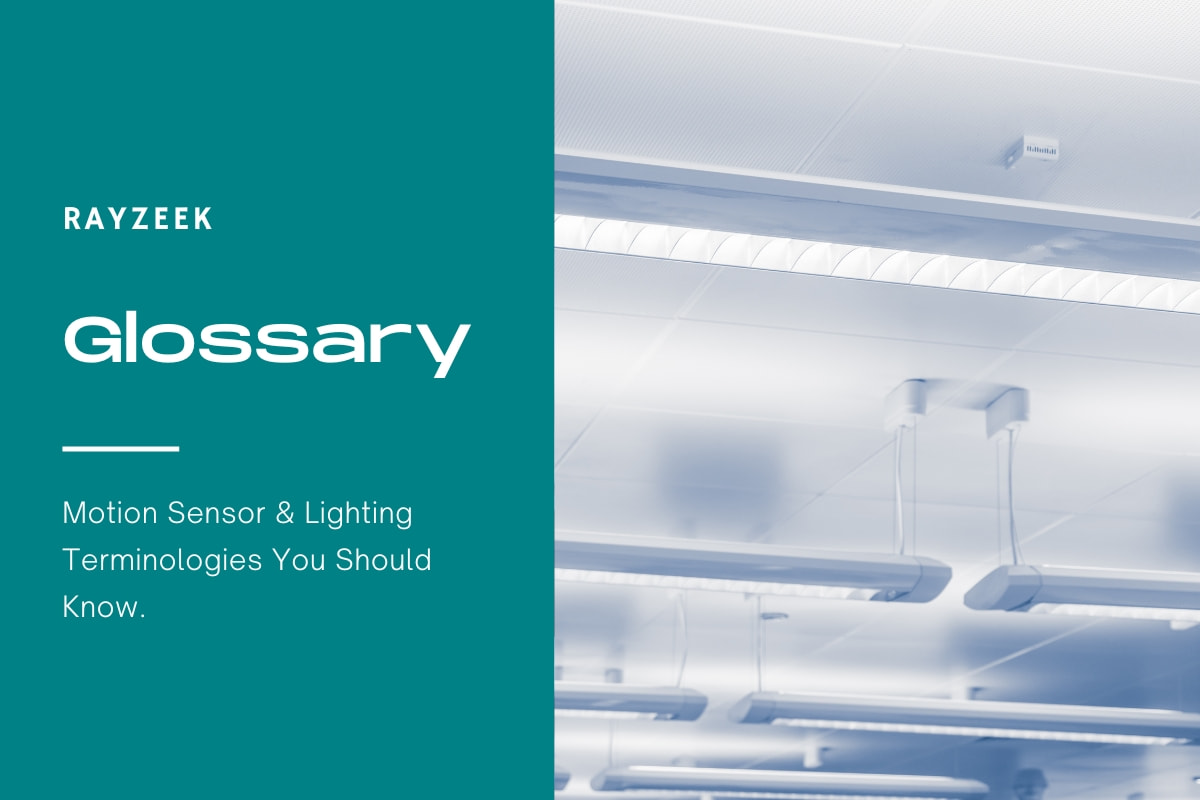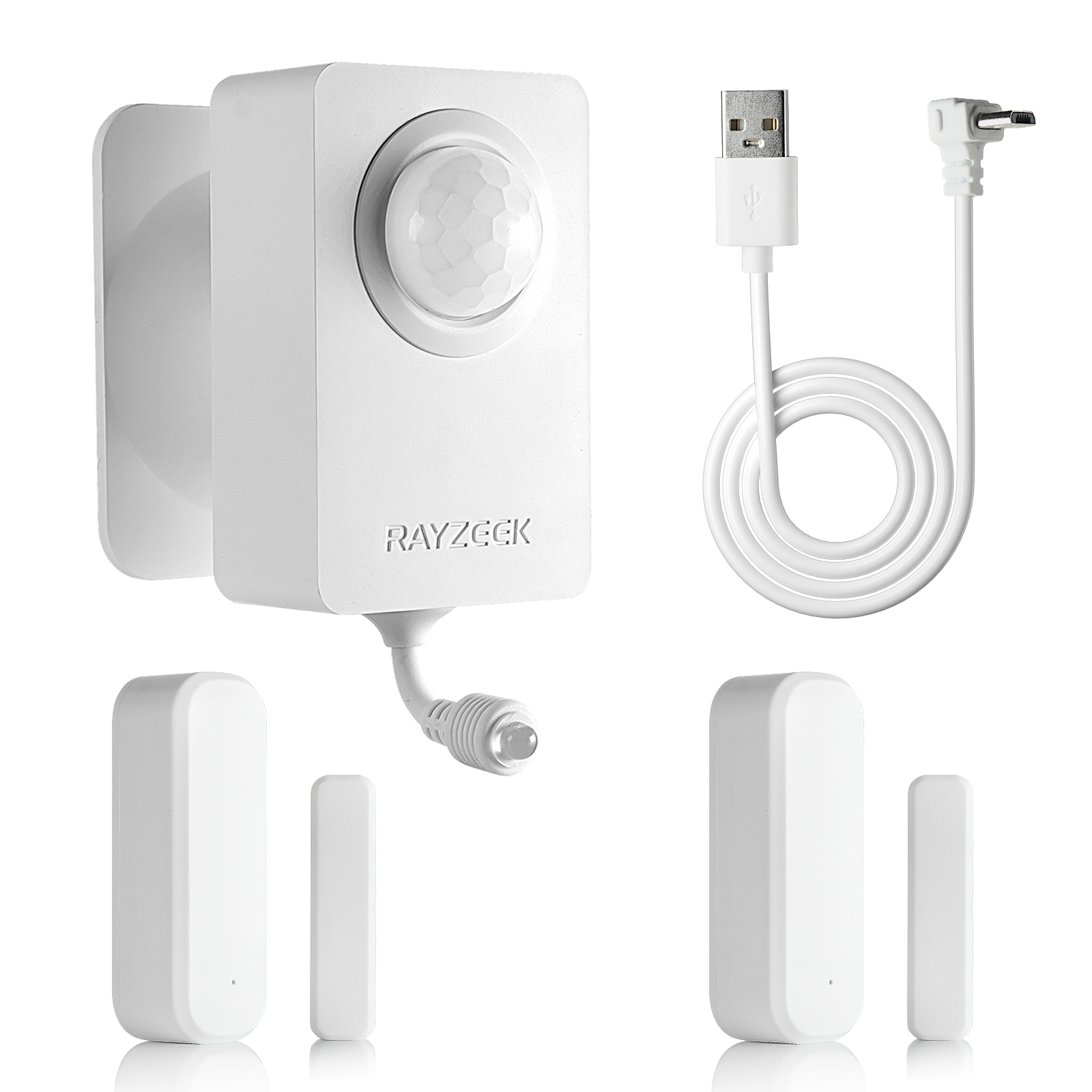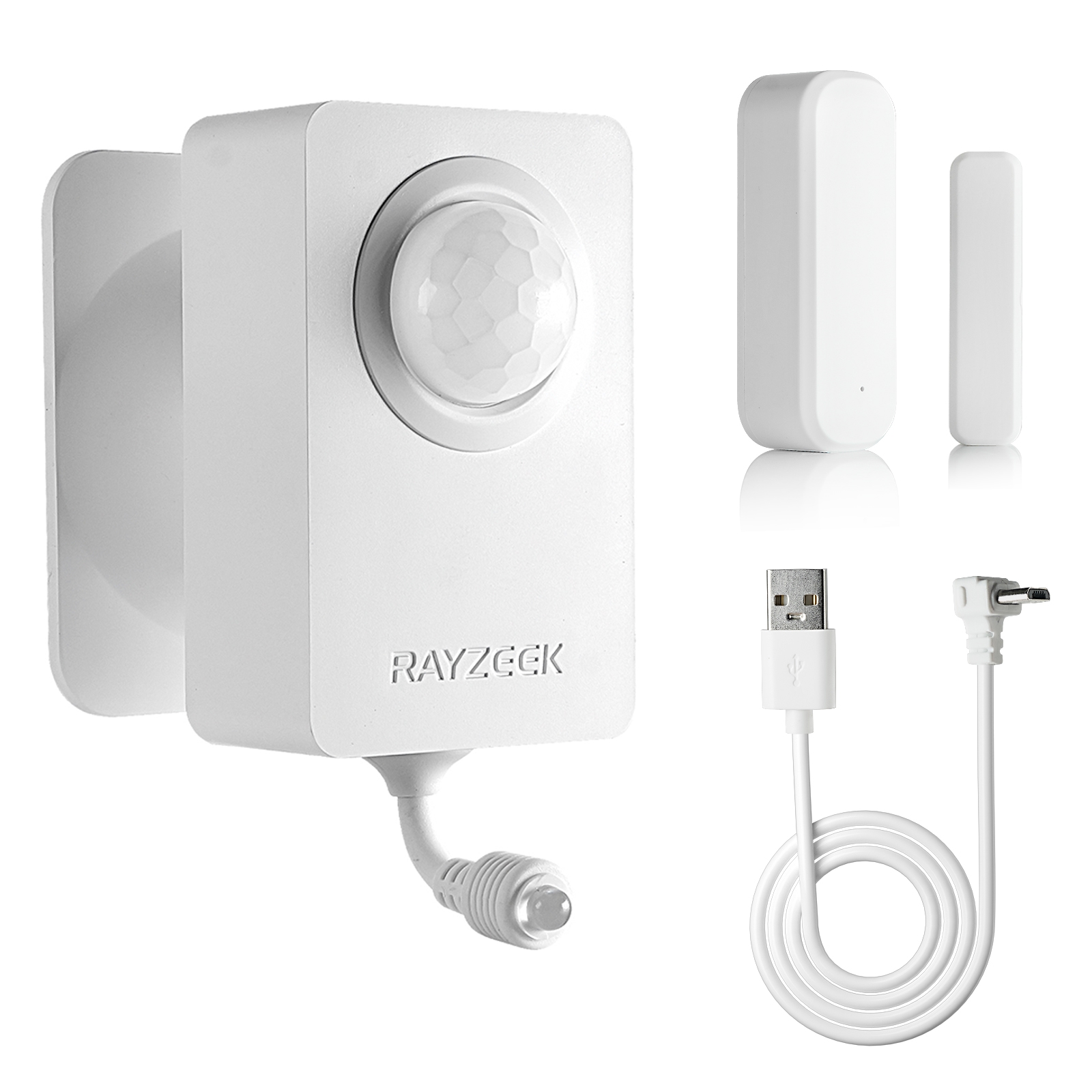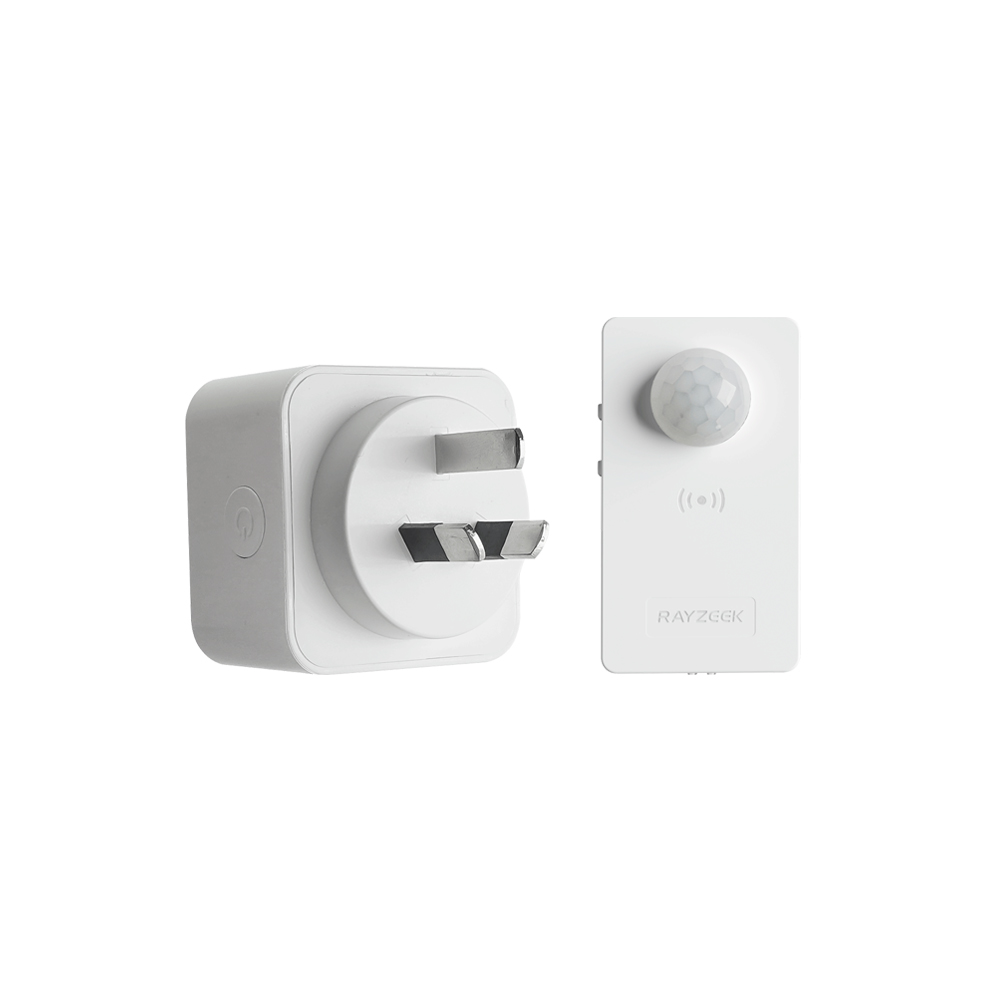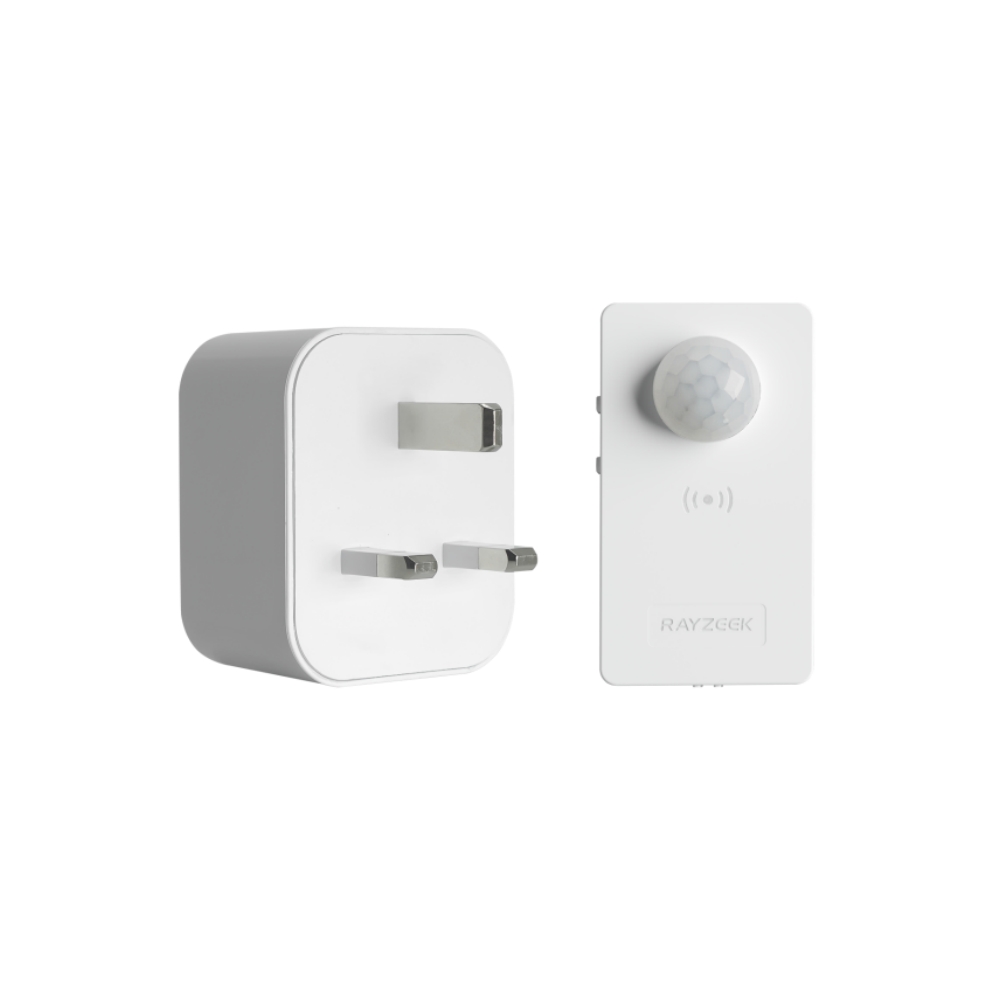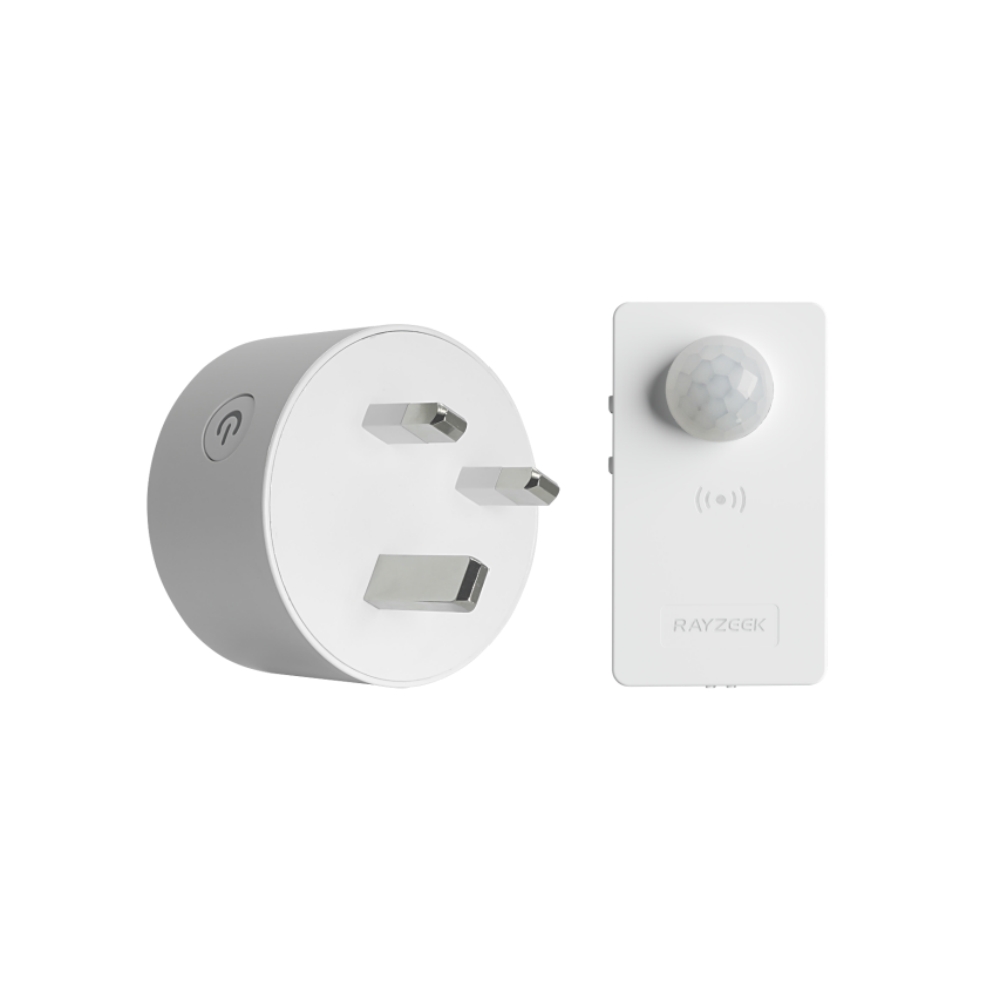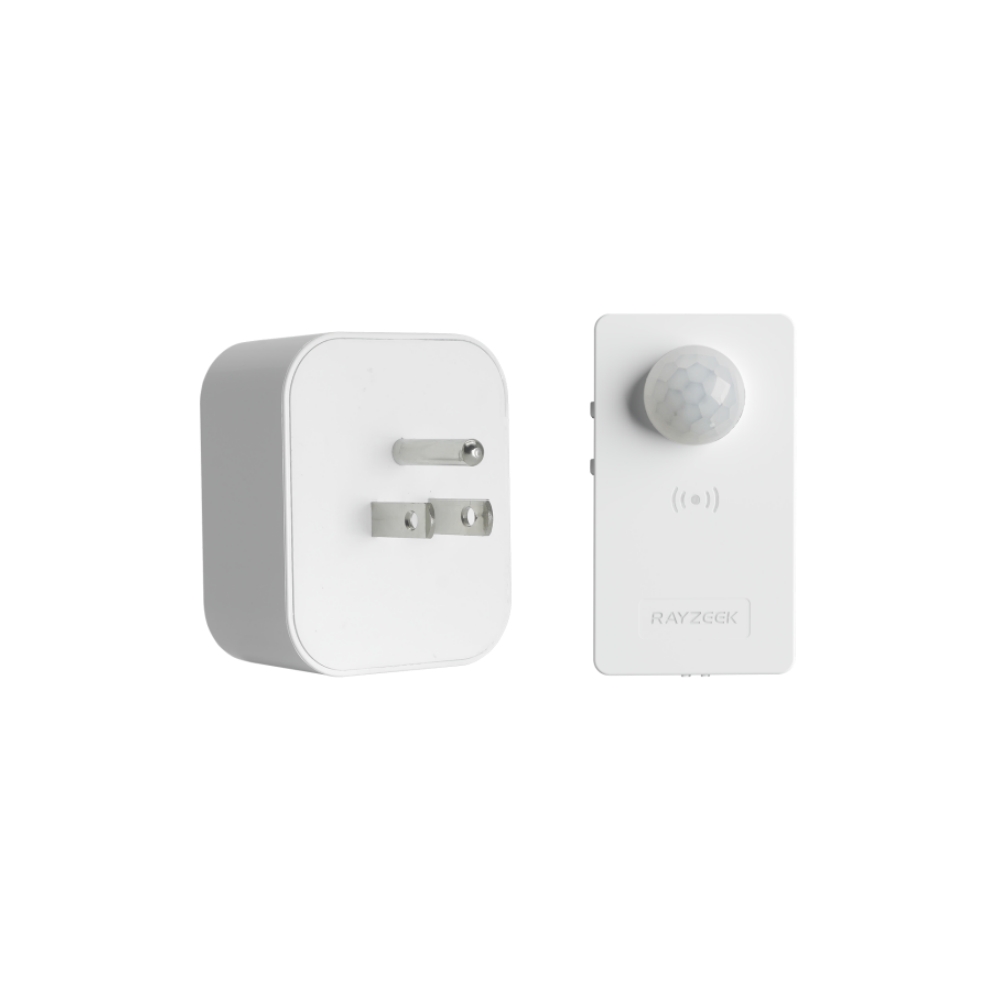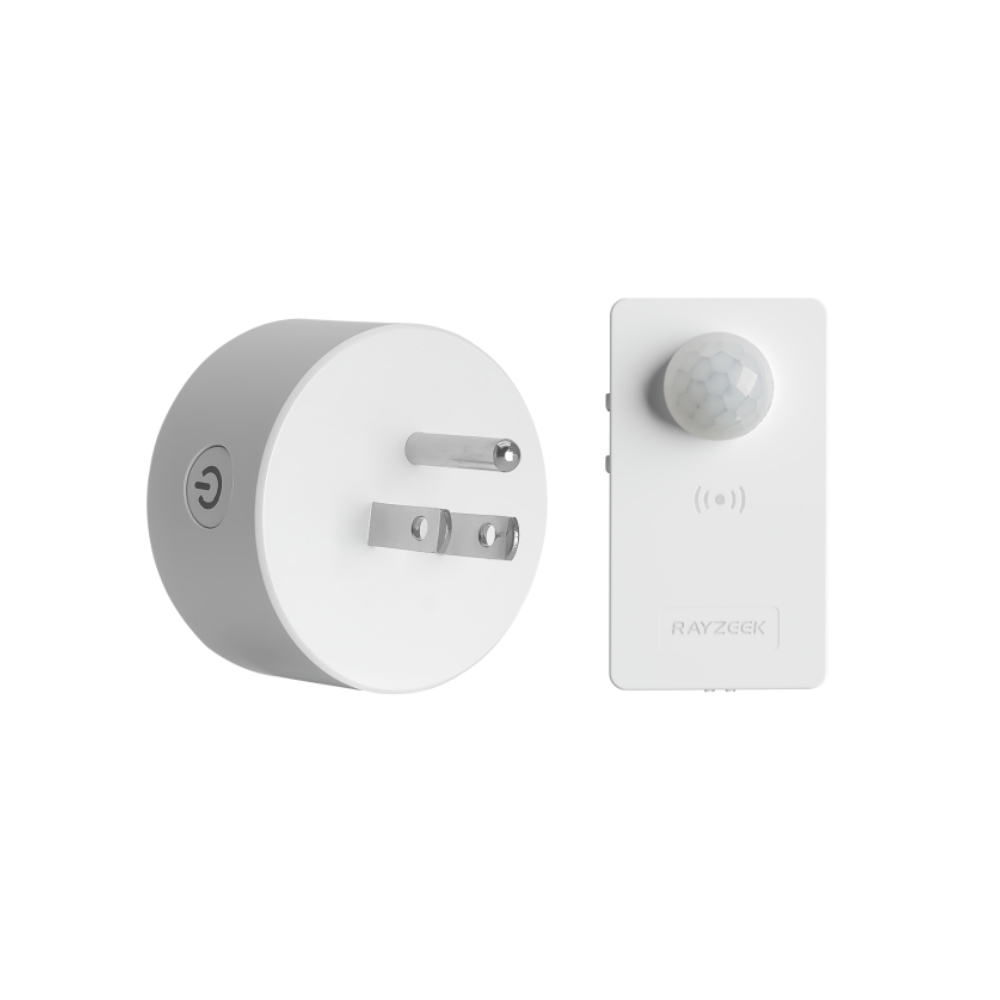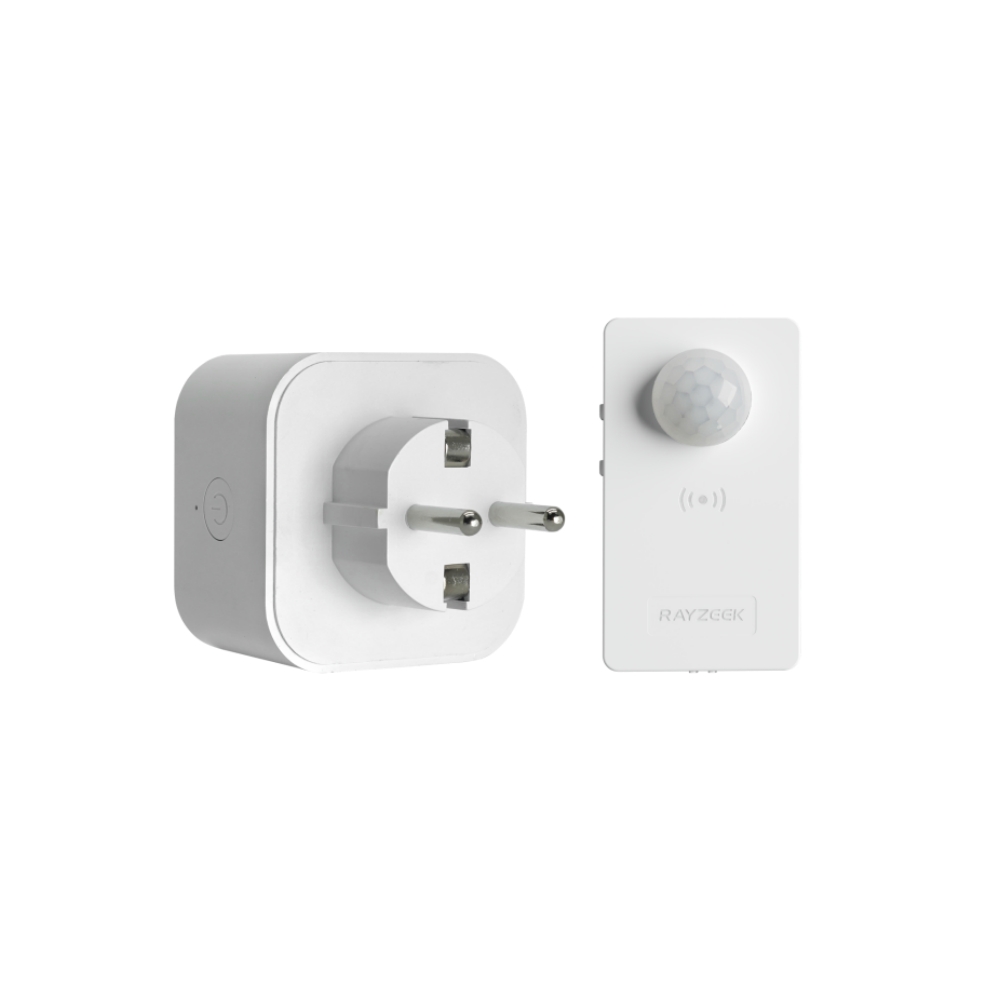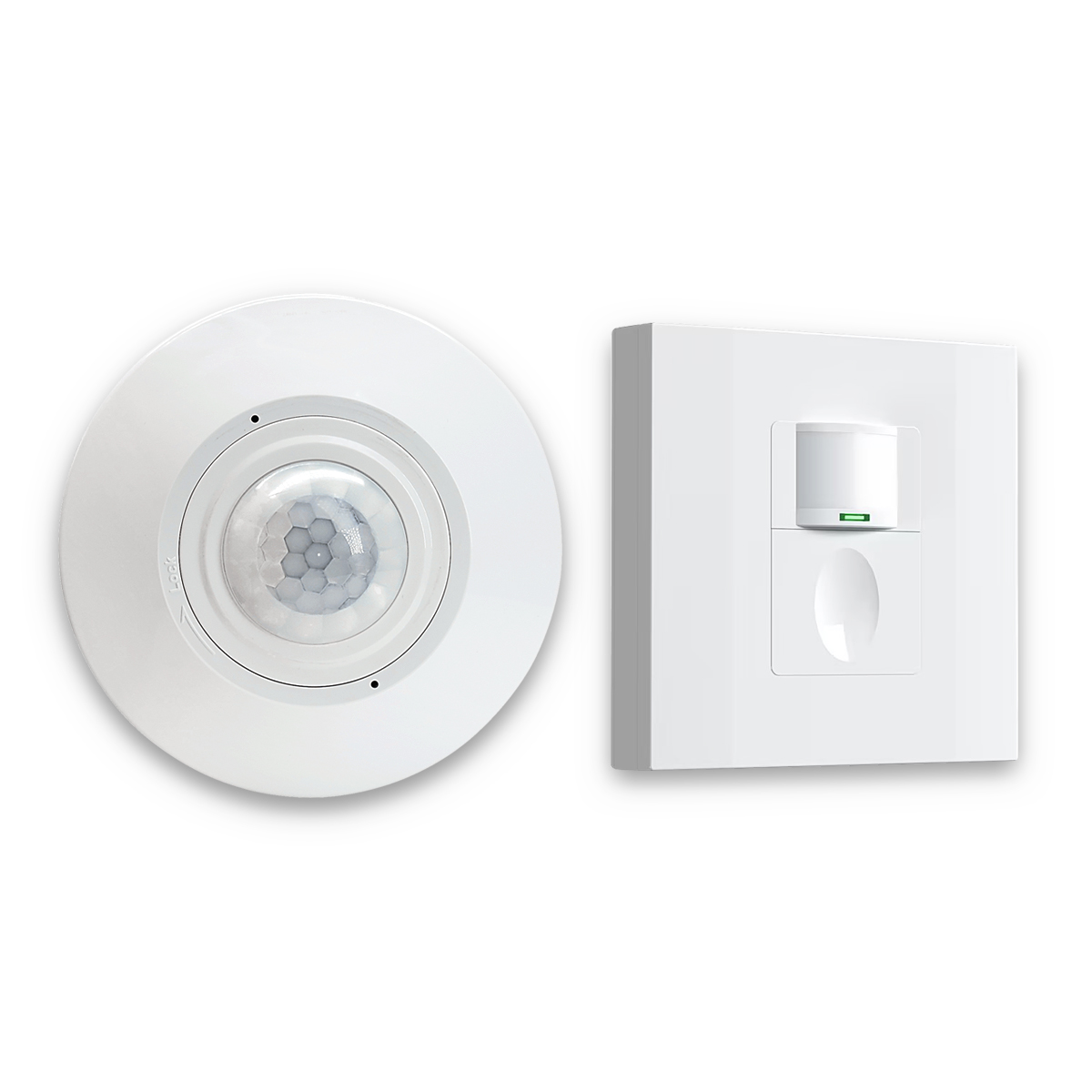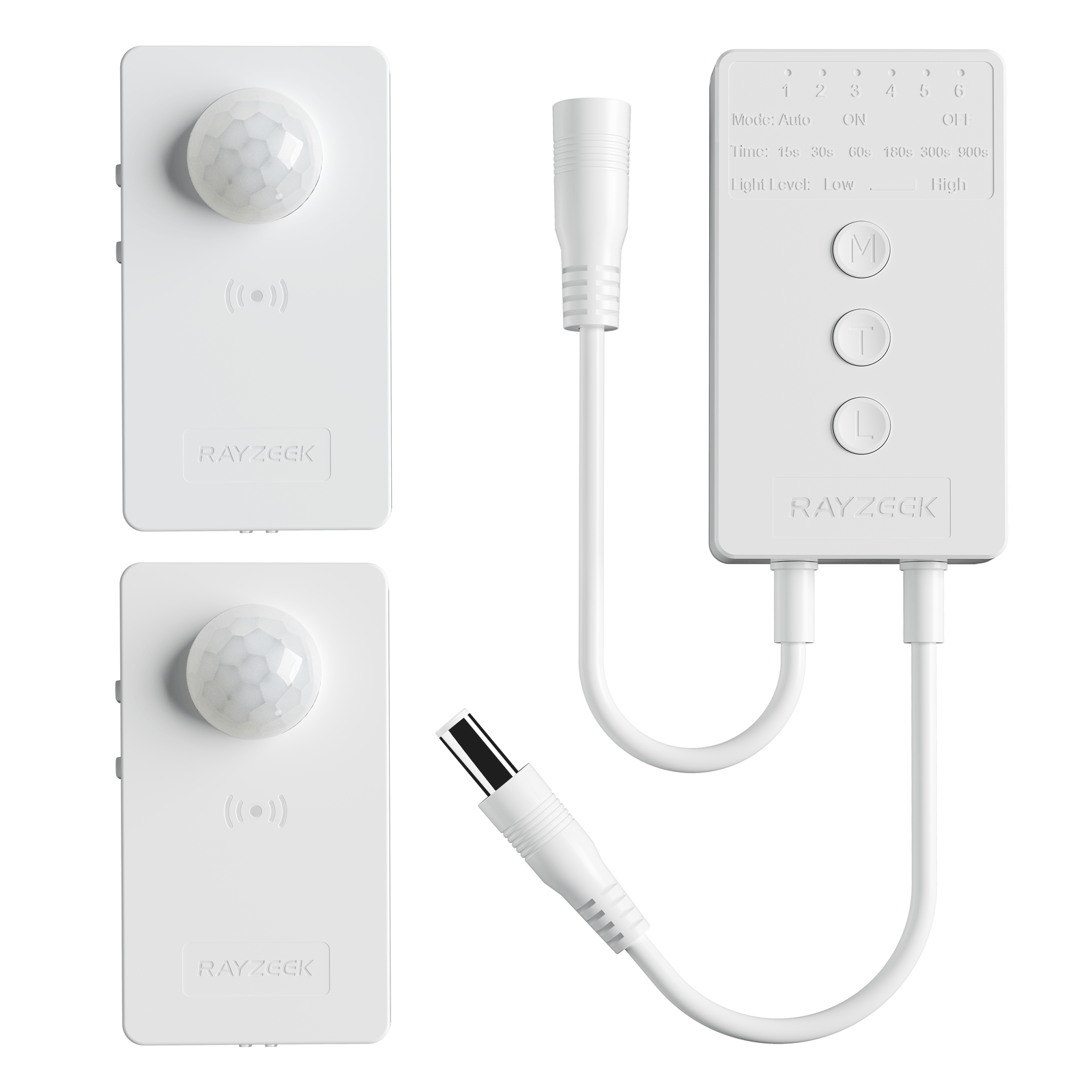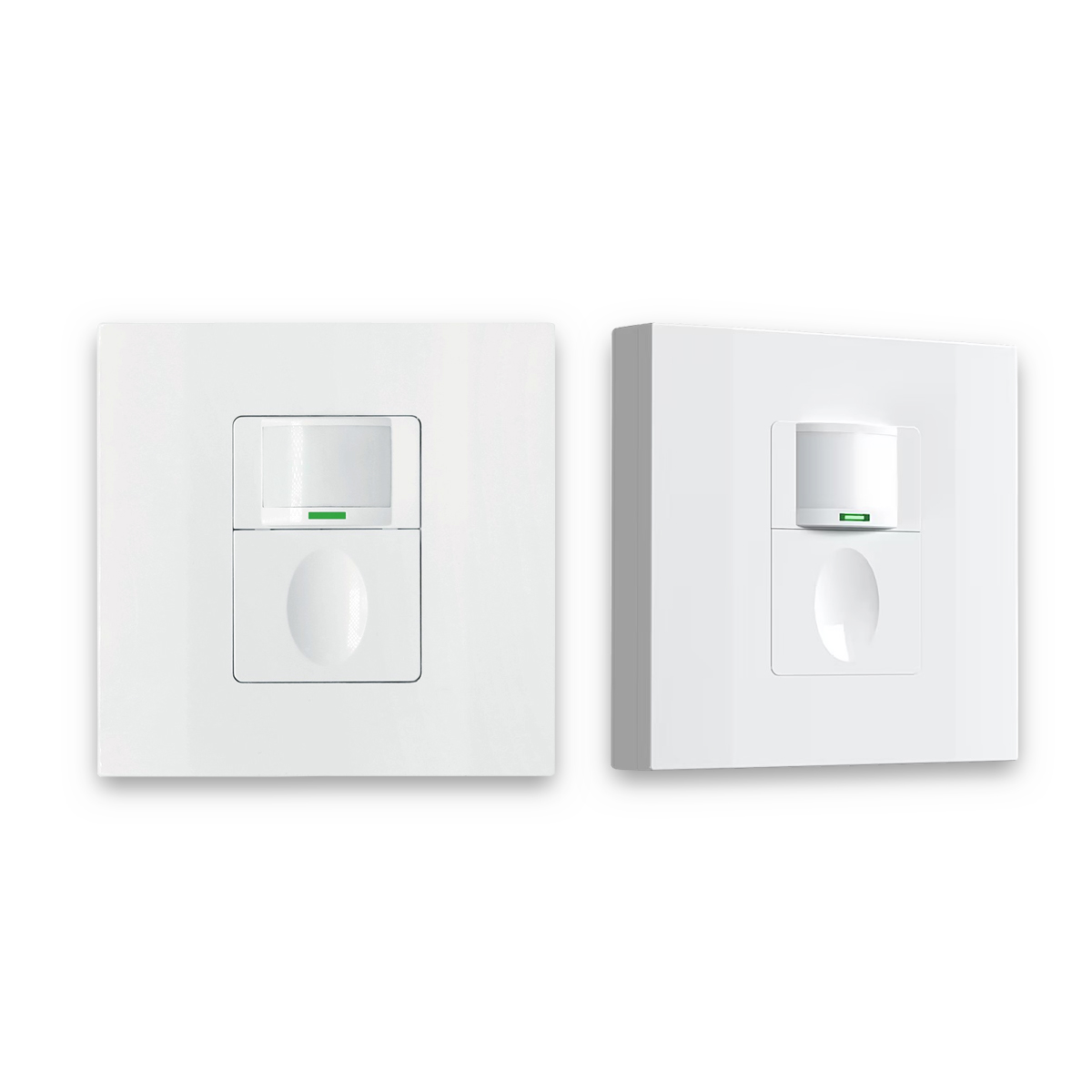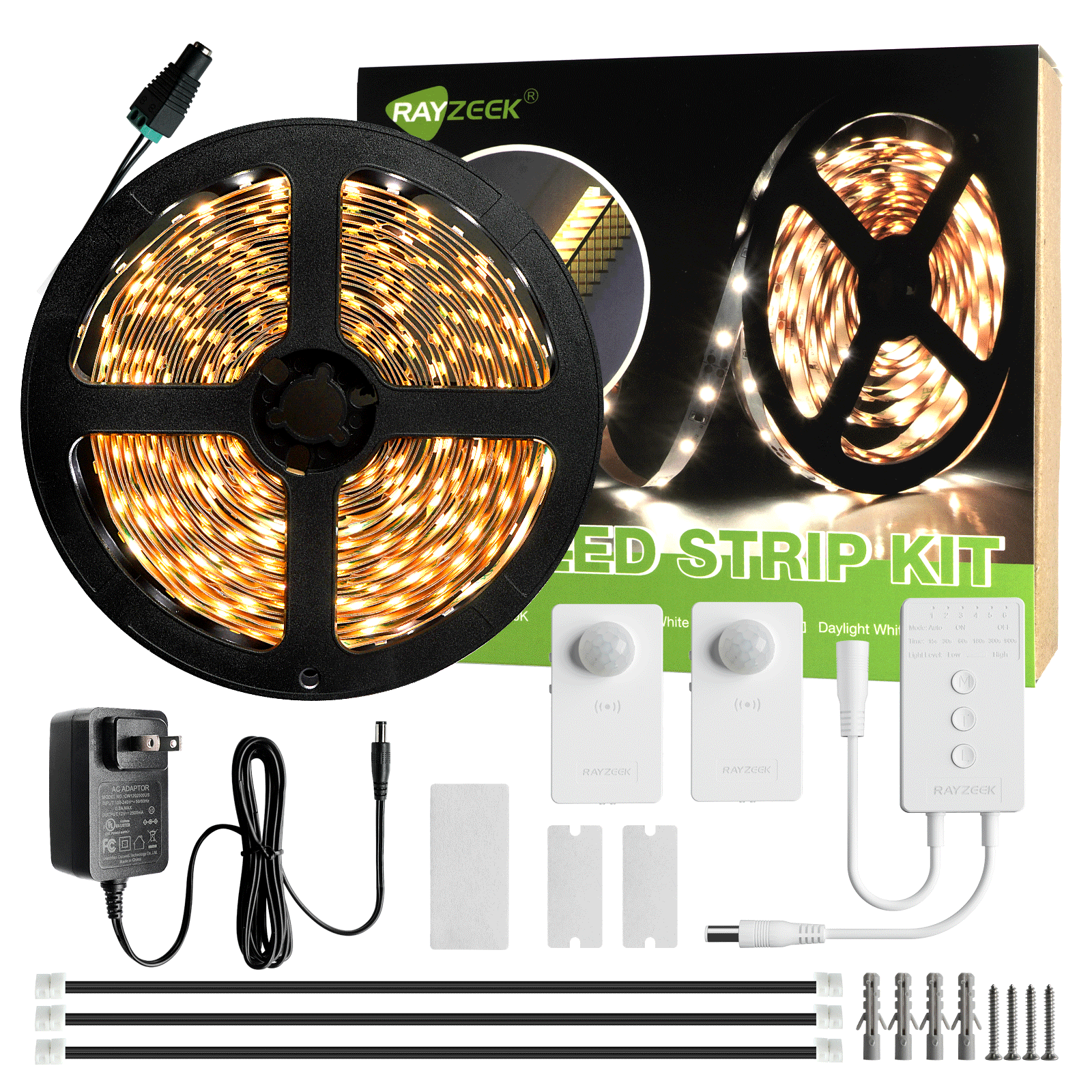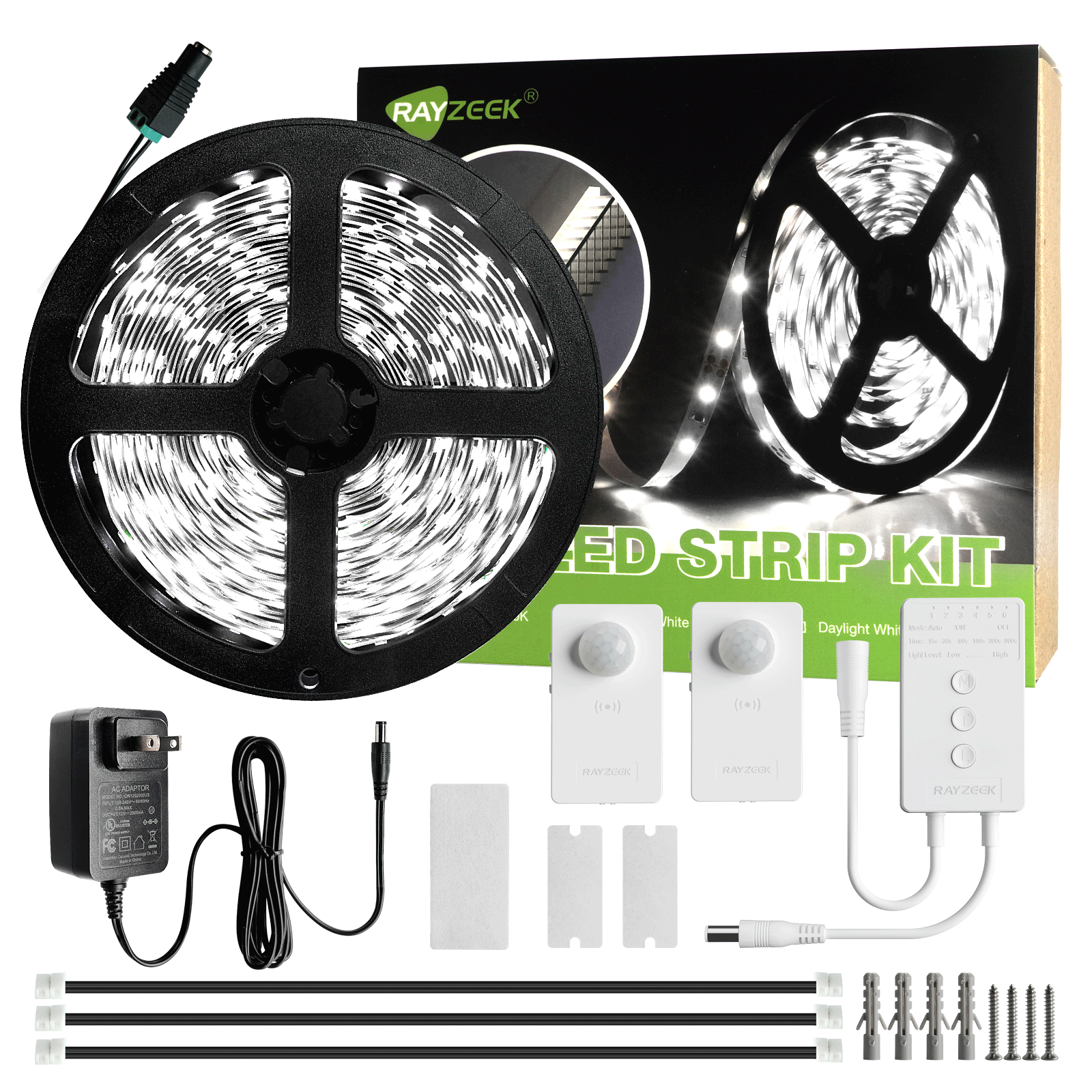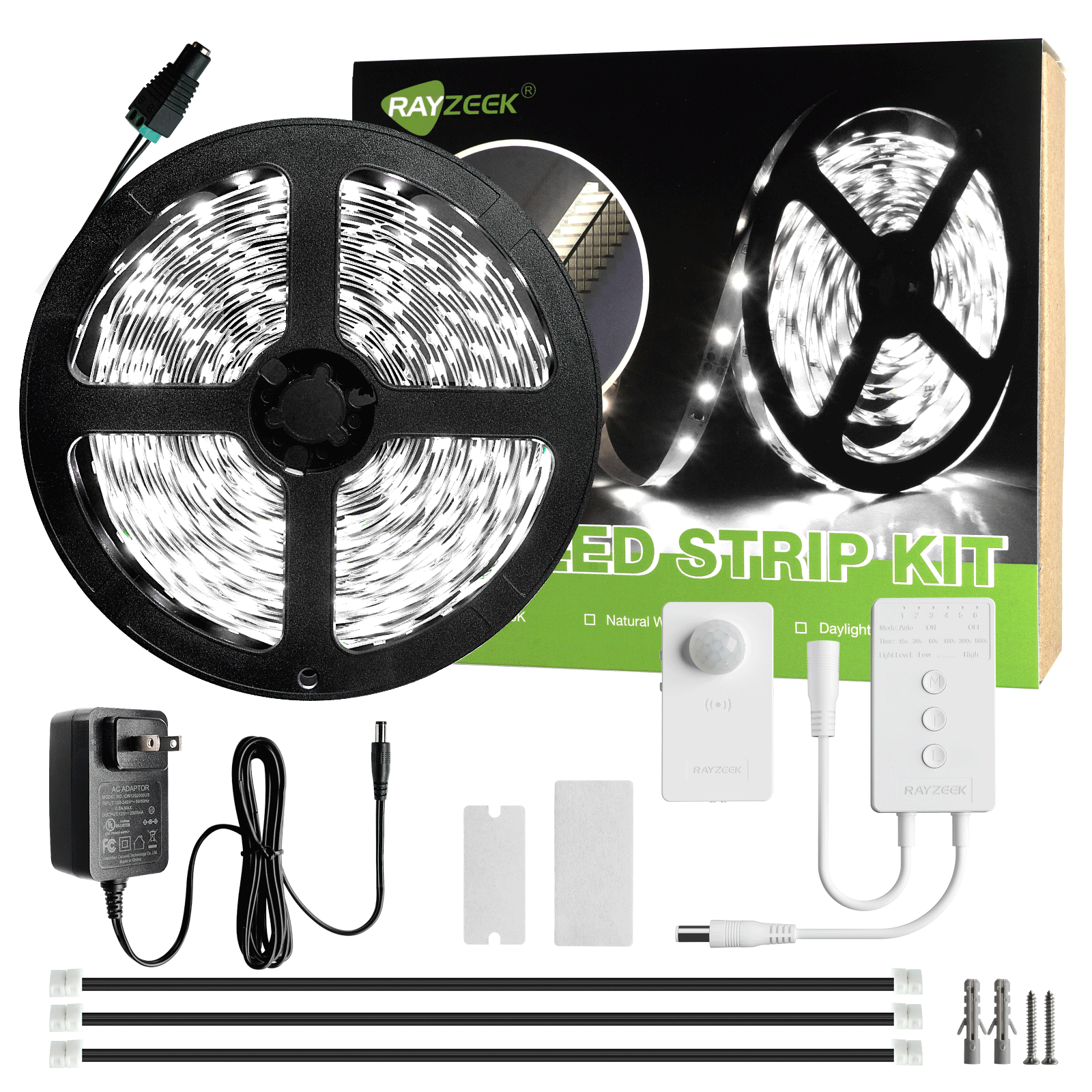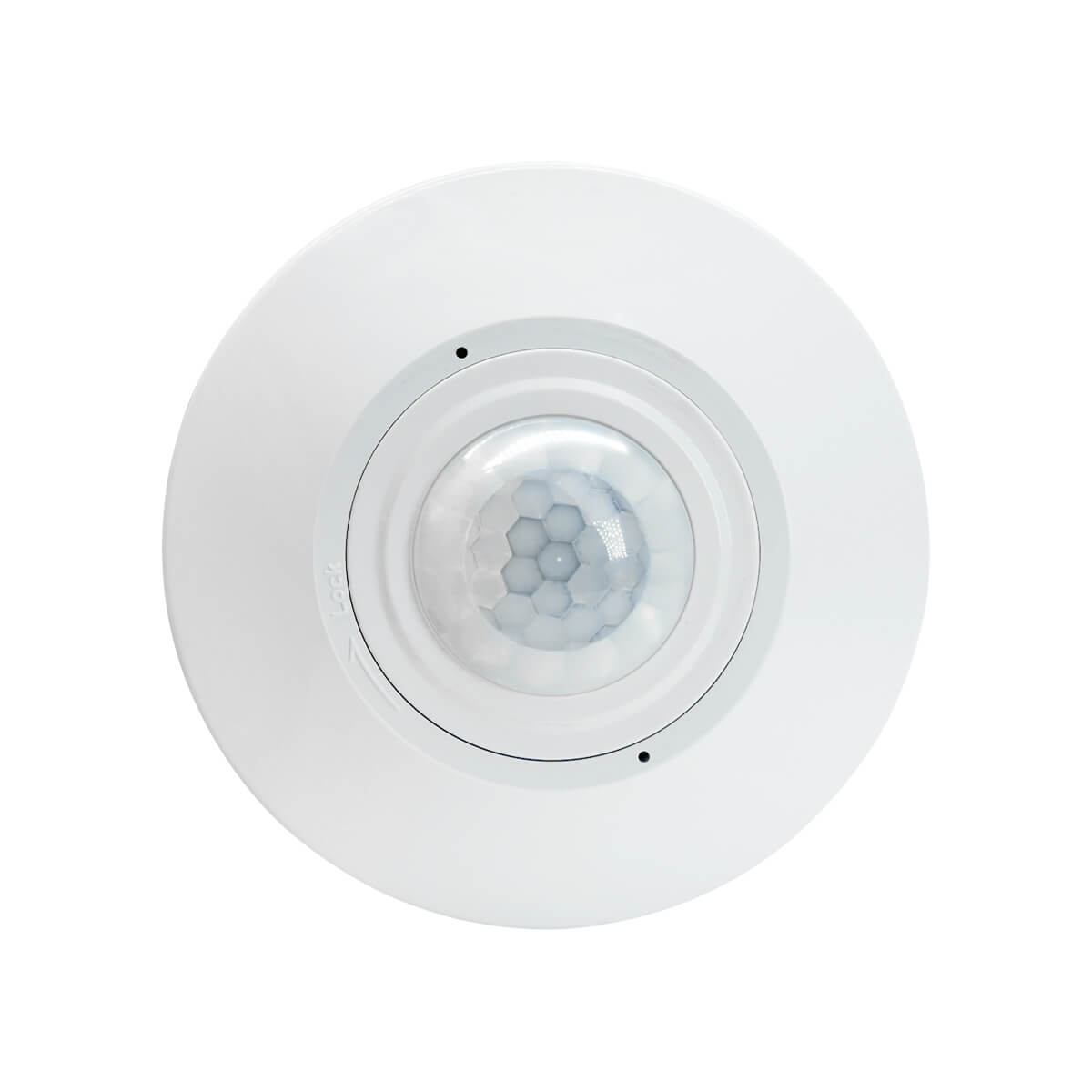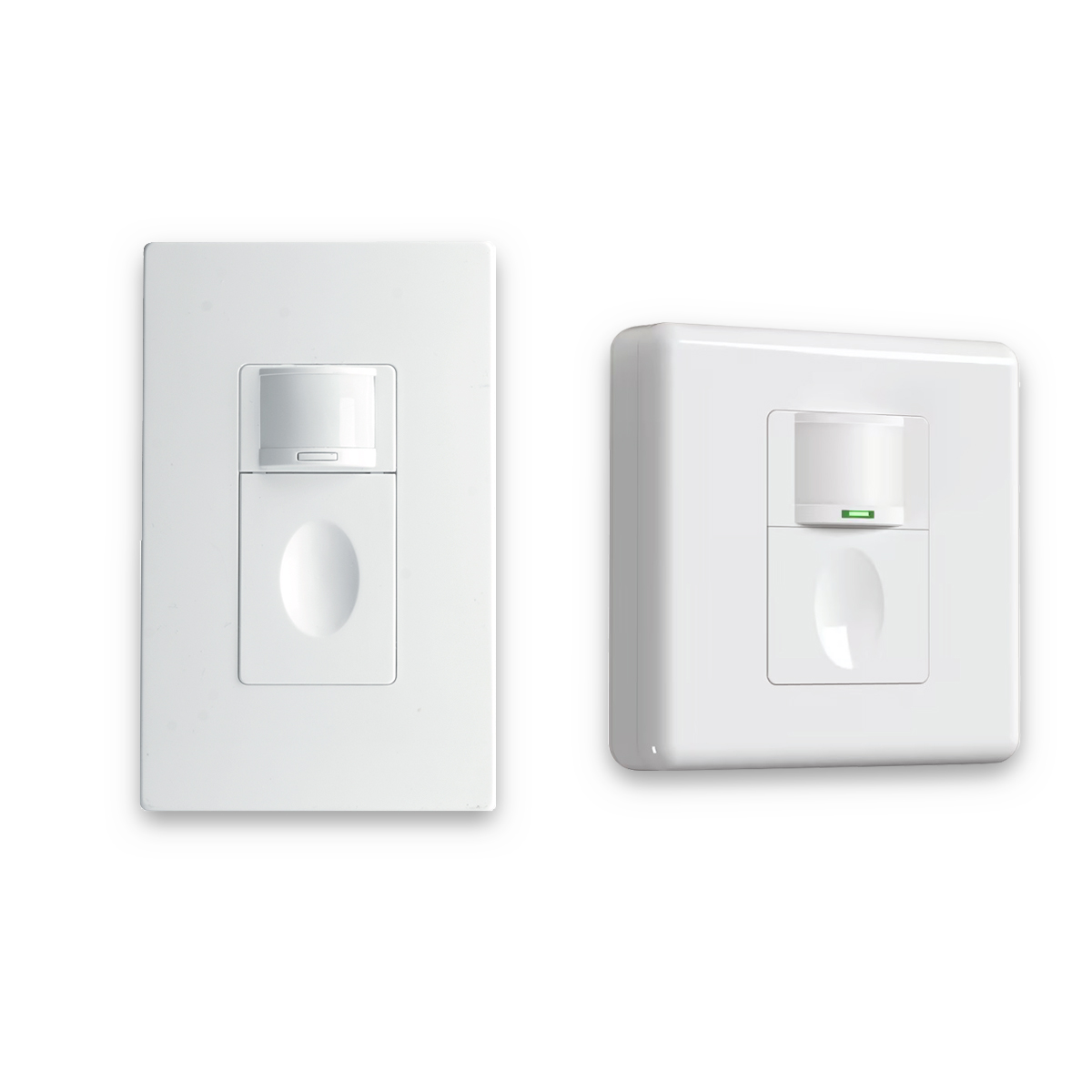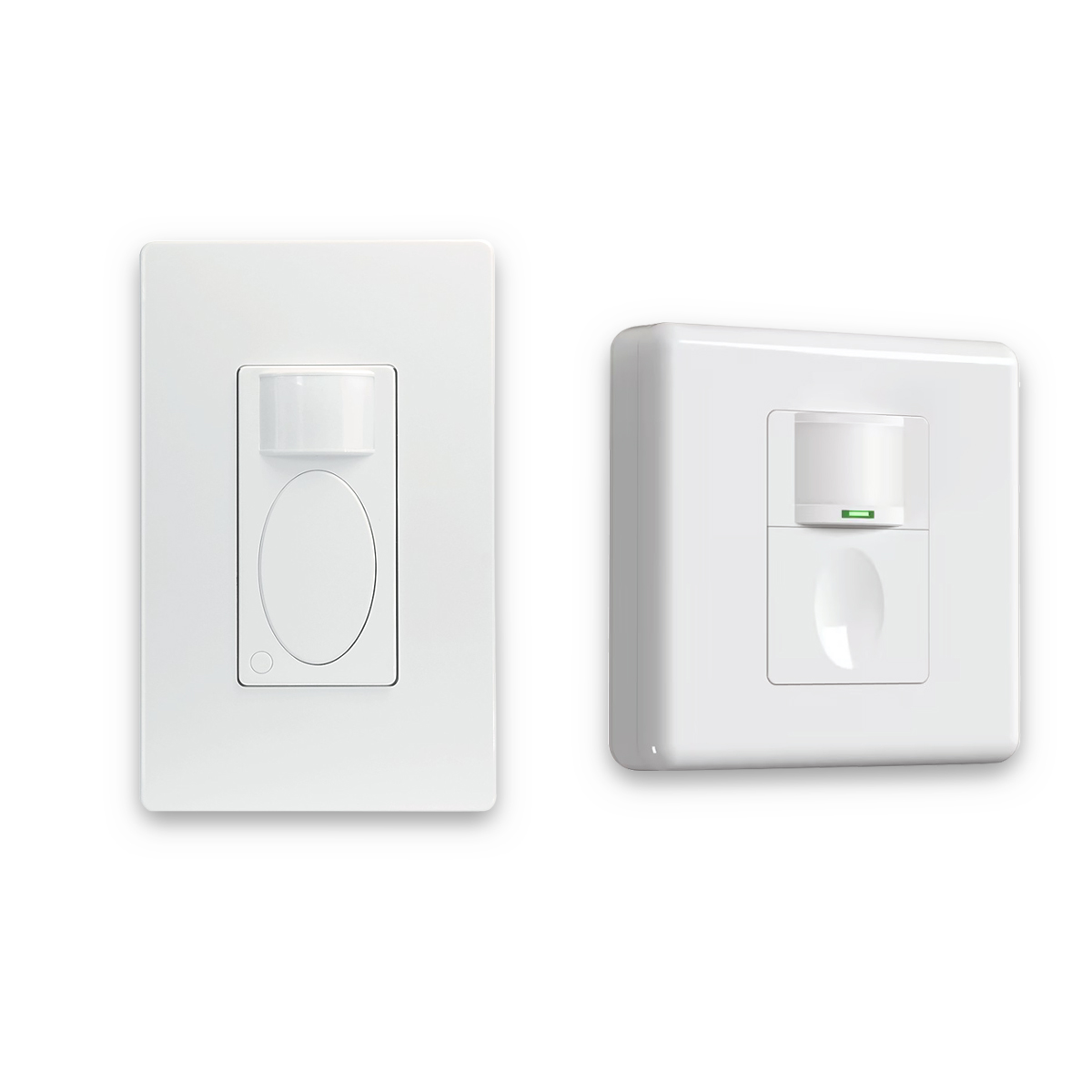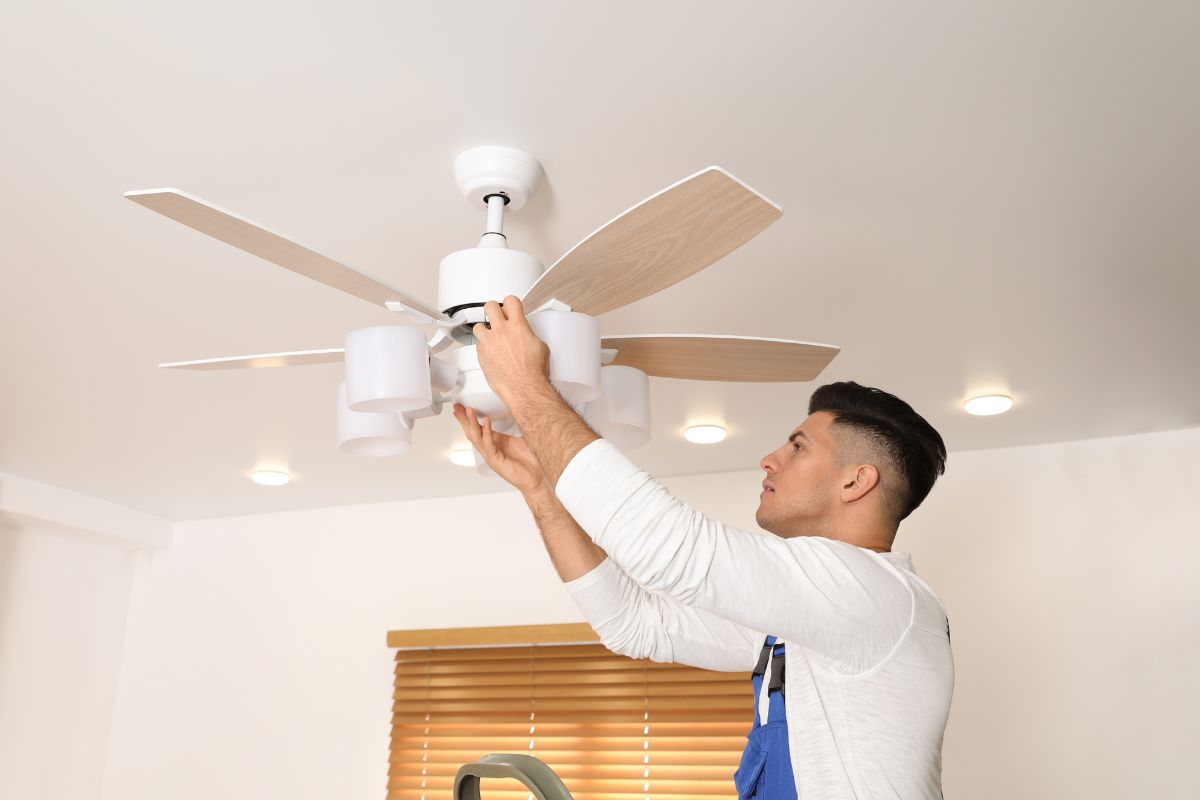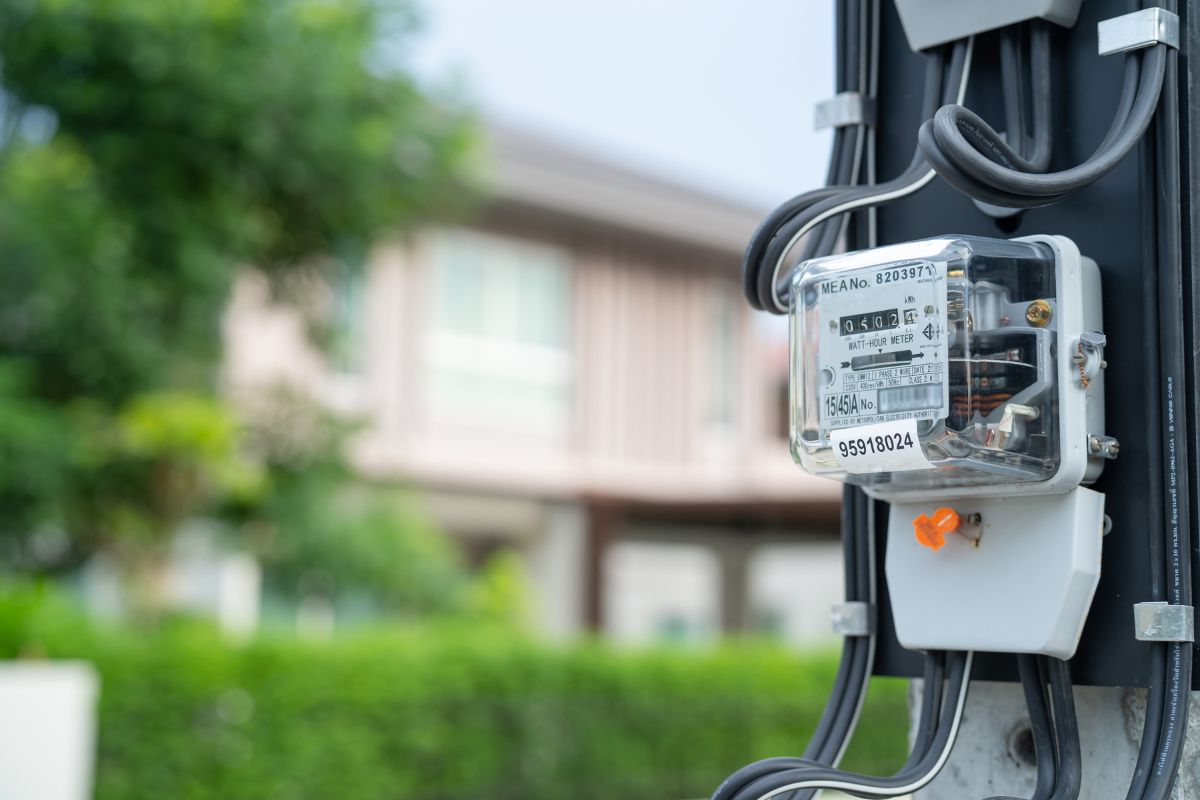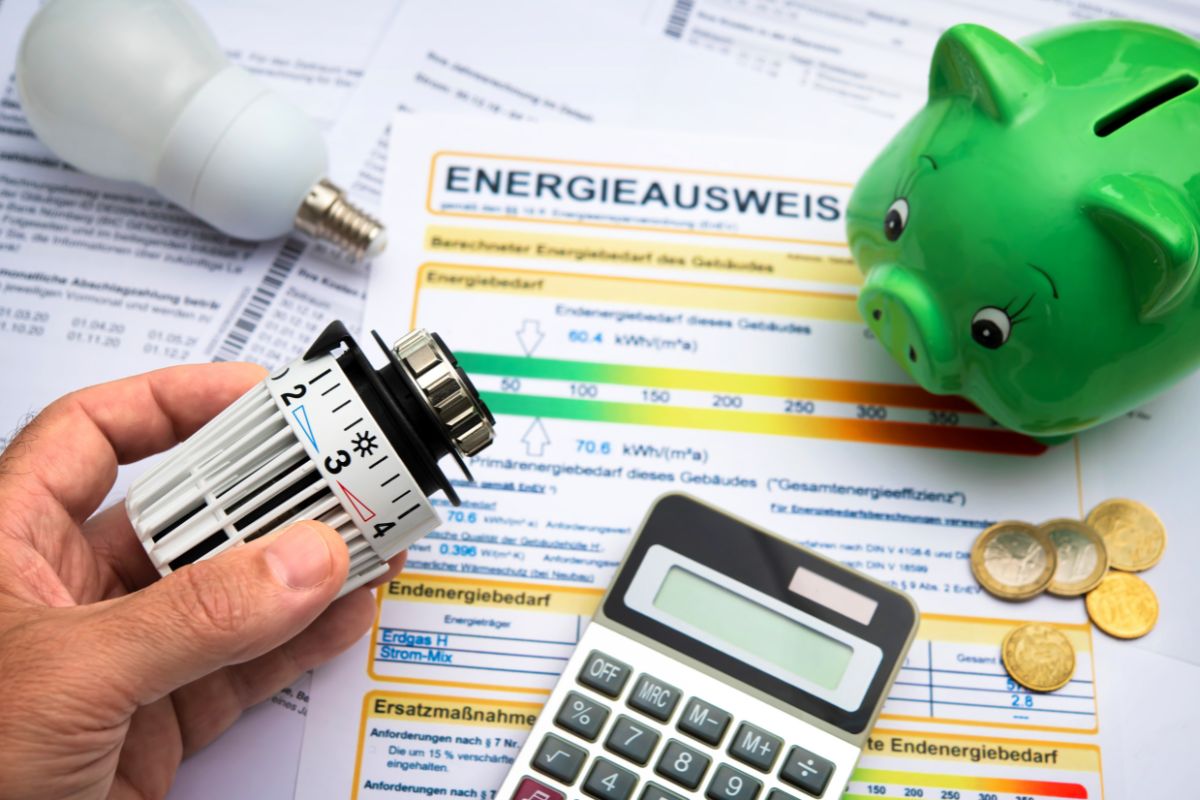What is Uniformity
Uniformity means the evenness or consistency of light distribution in a given area. It is a measure of how well the lighting illuminates a space without significant variations in brightness levels. Achieving uniformity is crucial for visual performance and comfort. Uniformity is often expressed using the Uniformity (U0) value. This value is calculated by dividing the minimum brightness (Emin) by the average brightness (Eavg) in the bright field. A higher U0 value indicates a higher level of uniformity.
Looking For Motion-Activated Energy-Saving Solutions?
Contact us for complete PIR motion sensors, motion-activated energy-saving products, motion sensor switches, and Occupancy/Vacancy commercial solutions.
Various factors influence the uniformity of lighting, including the type of fixture, the number of fixtures, the light angle, and the mounting position. These factors affect how the light is distributed and can impact the overall uniformity of the lighting. Having a high level of uniformity is desirable in working areas, where a U0 value greater than 0.60 is recommended. This level of uniformity ensures that changes in light levels are not easily perceived by individuals, promoting visual comfort. In road lighting, a minimum average uniformity value of 0.35 or 0.4, depending on the road lighting class, is recommended to avoid creating very bright and very dark spots on the road.
Uniformity of lighting can be affected by the failure of any light source in illuminated areas. This can result in a decrease in the minimum lighting value and, consequently, a decrease in the average uniformity value. Regular maintenance should be conducted to address any issues and maintain the required uniformity value.
Maybe You Are Interested In
Frequently Asked Questions
How Do You Increase Illuminance Uniformity
The uniformity of illuminance in space lighting can be improved by making adjustments to the curvature of the lens. Specifically, the curvature should be set to less than 1mm. By fine-tuning the intensity at different angles, the redesigned flat panel light achieves a more even distribution of candela, as depicted in Figure.
What Is the Effect of Contrast and Uniformity in Lighting Design
Too much contrast in lighting design can have negative effects on our ability to perceive fine details and can lead to eye fatigue. On the other hand, uniformity in lighting design refers to the overall space and plays a role in creating a comfortable environment. However, excessive uniformity can result in a lack of visual interest and a bland atmosphere.

